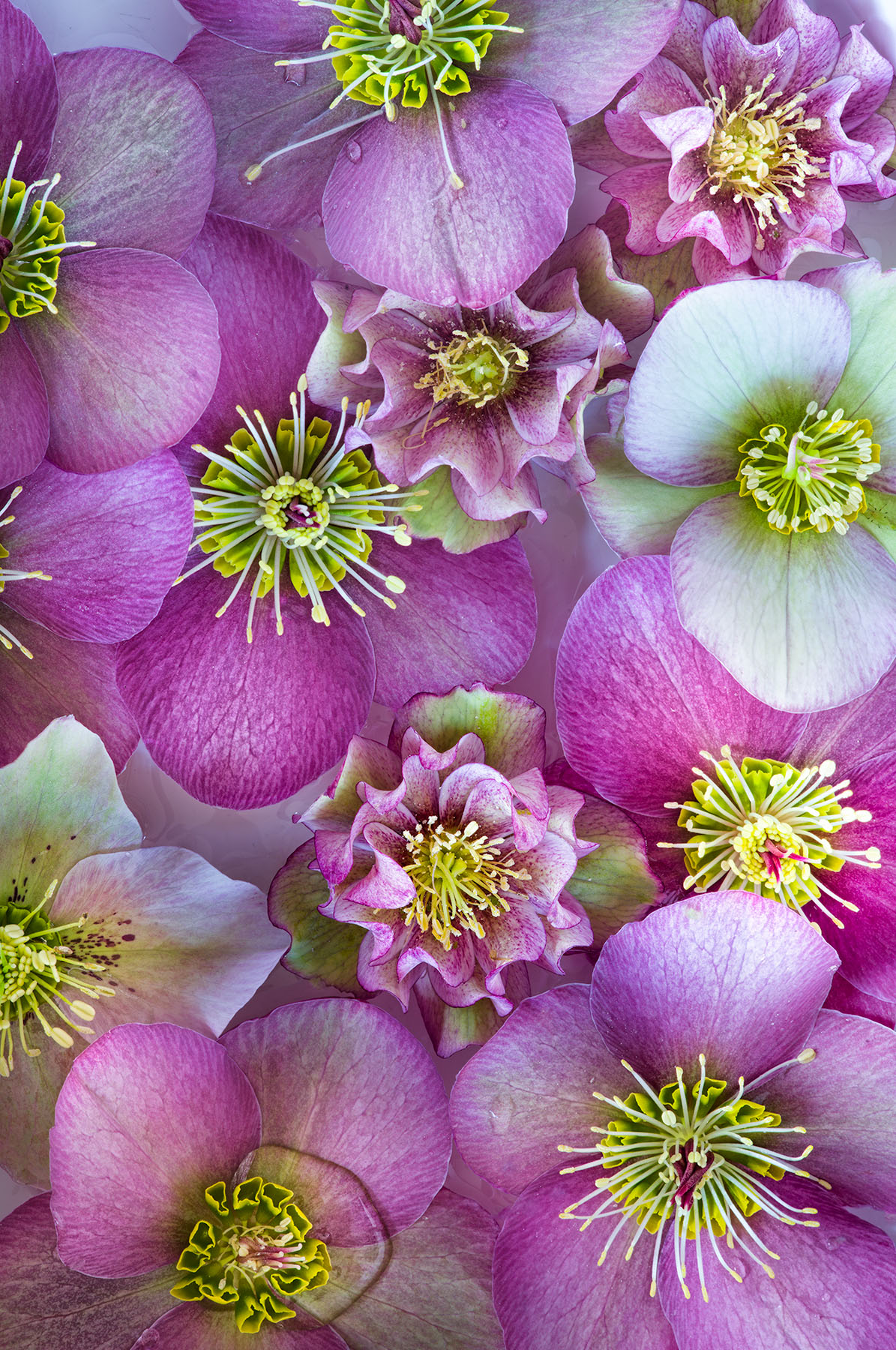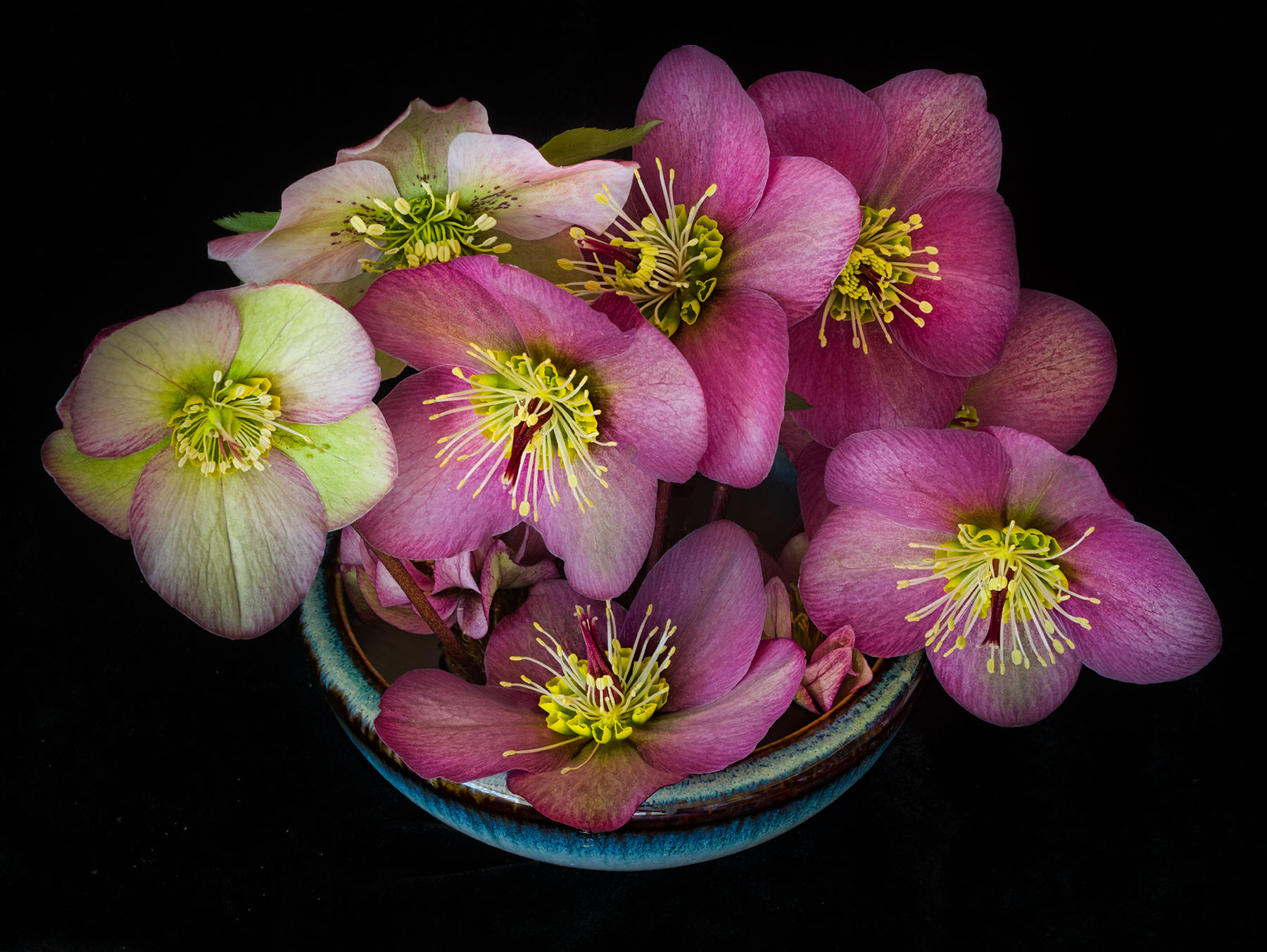Hellebores are small shade plants in the Ranunculus family. You may have to get down on the ground to view this gorgeous perennial, which blooms early in the spring. While several of the Hellebore species have “rose” in their common names—Helleborus orientalis is known as the Lenten rose and Helleborus niger is sometimes called a Christmas rose—Hellebores are not now, and have never been, members of the rose family. If you don’t believe me, just ask Linnaeus, who named the genus in volume one of his 1753 Species Plantarum.

I always enjoy photographing the Hellebores in my garden, as they are often in full bloom when nothing else is, and they are so gorgeous! I have them planted along the garden path along the side of our house that is mostly in full shade.

What I was not aware of until recently was that all parts of the Hellebore plant are poisonous. They are toxic when eaten, and can also be irritating to touch, causing a burning sensation. The deadly properties of Hellebores have been known since Hellenic antiquity: in the sixth century BC Hellebores were used in a early example of chemical warfare to poison the water supply of Kirrha during the First Sacred War.
How can a flower that is so beautiful also be so dangerous?
More Hellebores.